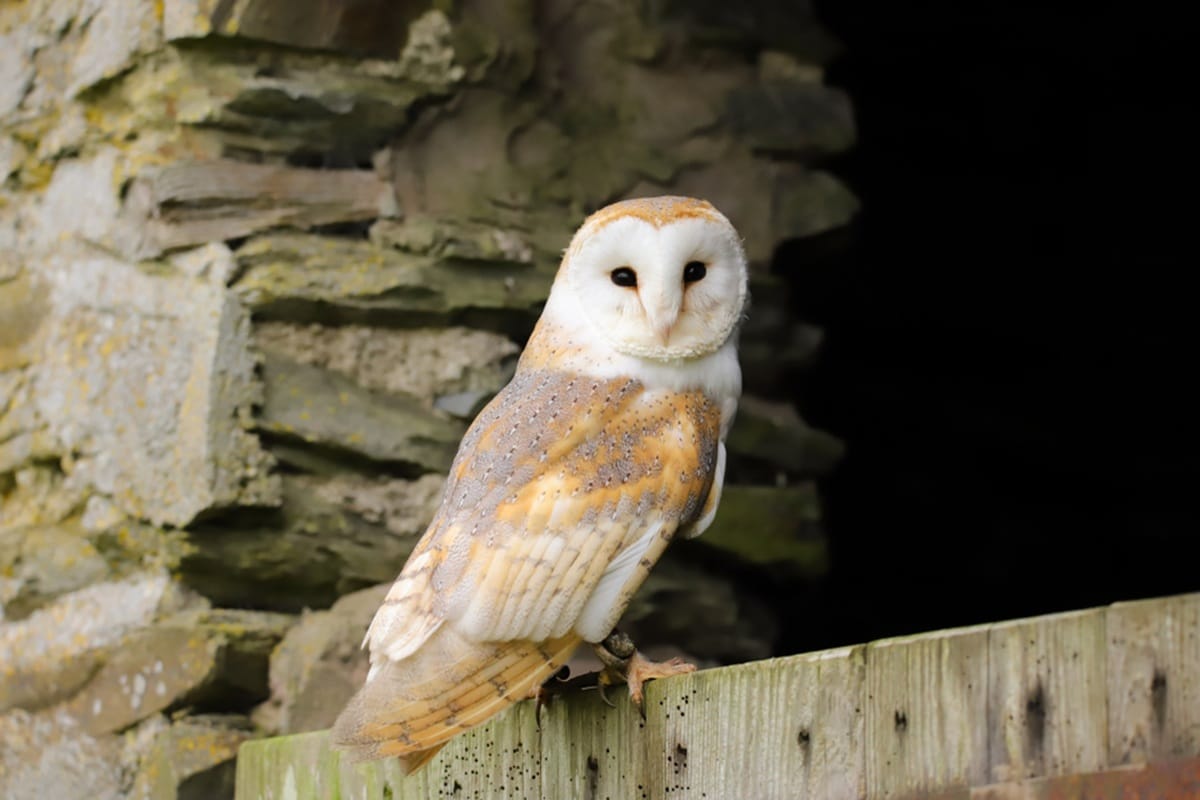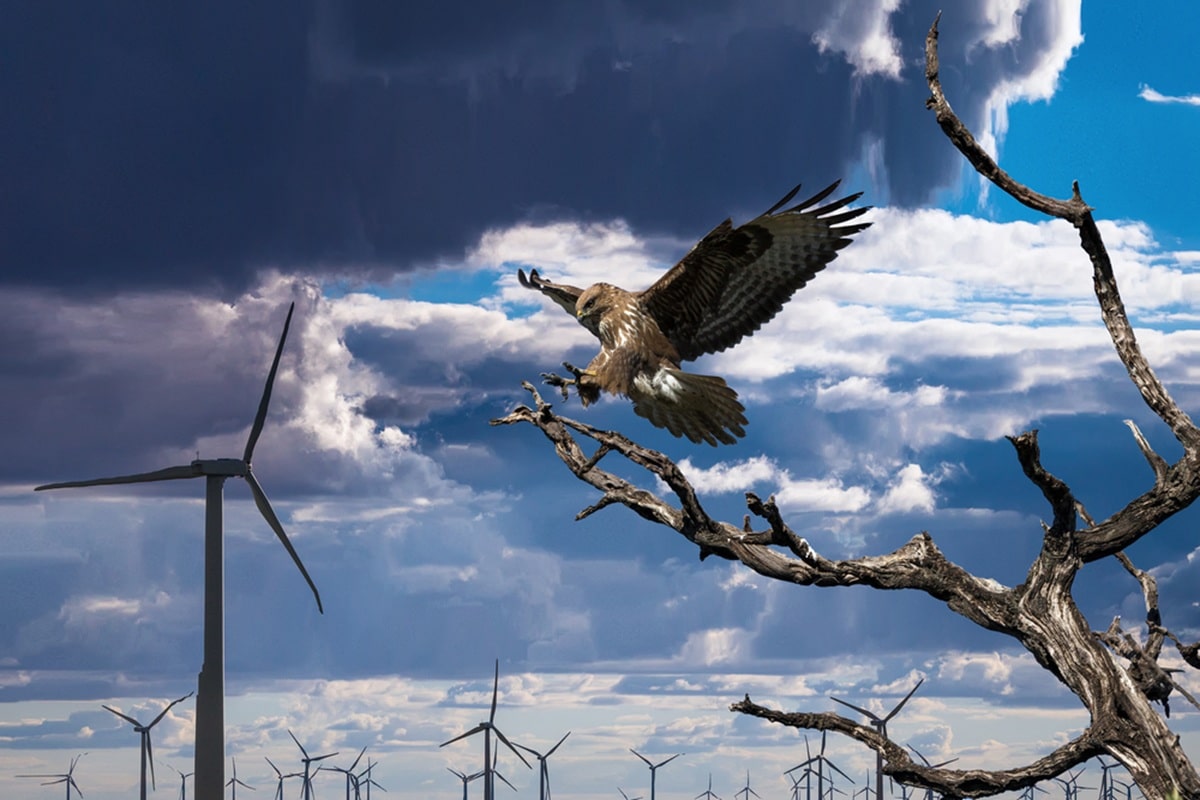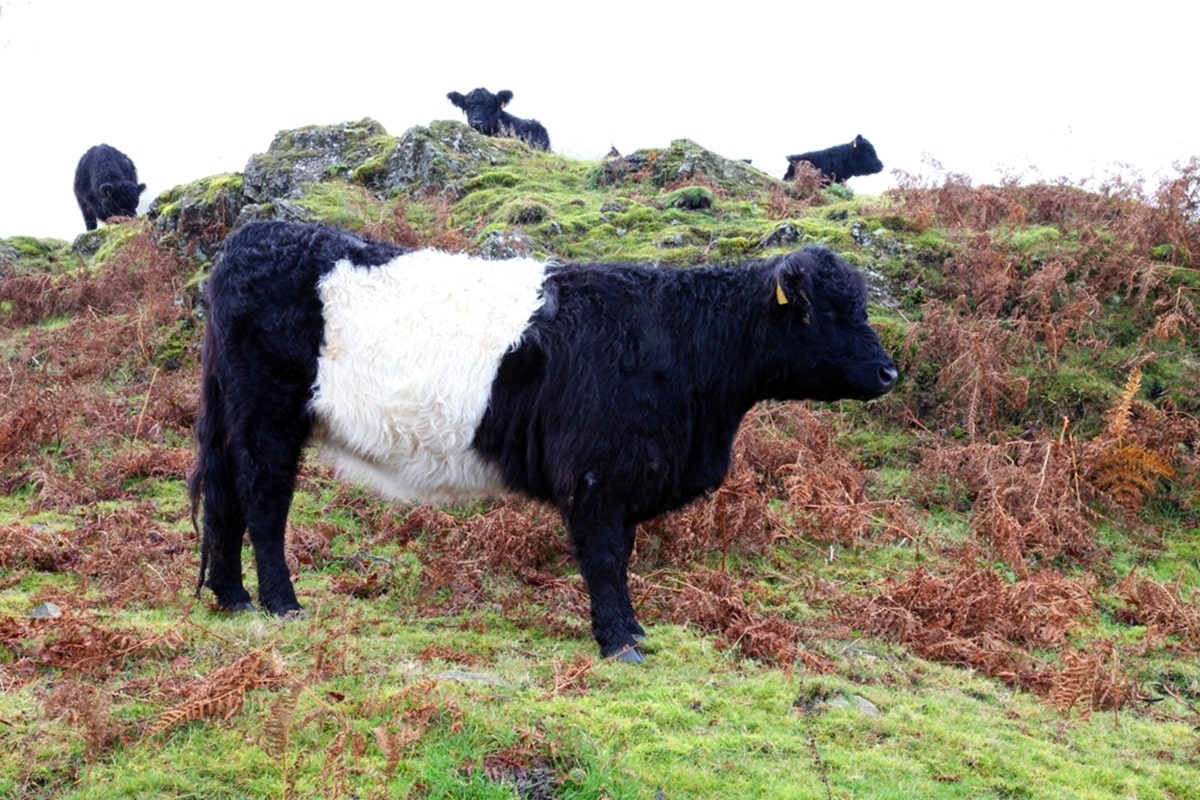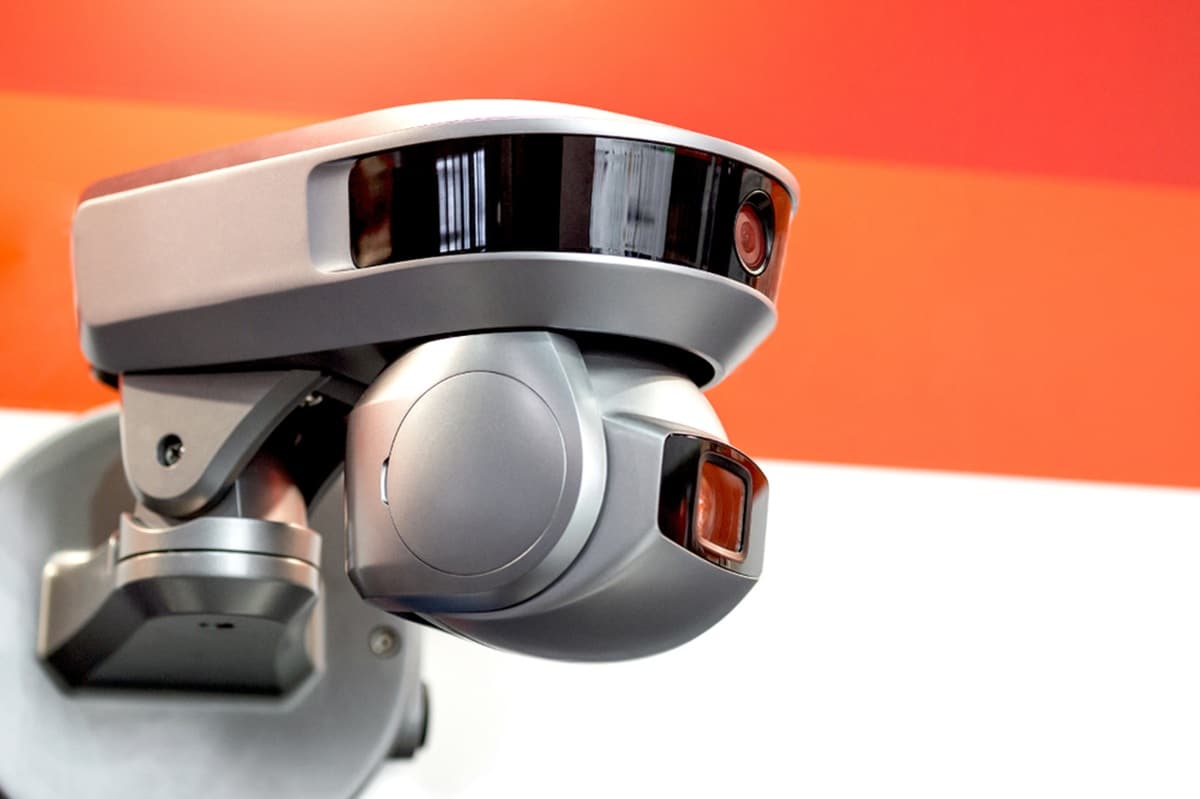
Even if you live in a city, just outside your door you might hear sparrows chattering on a rooftop, see a fox investigating bins, or spot bumblebees foraging on a roadside verge. Urban areas may look like concrete jungles, but they are alive with hidden ecosystems.
As cities grow denser and climate pressures mount, conserving and enhancing this urban biodiversity is more urgent than ever. But how do we actually keep track of all this life around us? That’s where artificial intelligence (AI) is beginning to change the game.
From identifying bat calls to mapping wildflowers through drone footage, AI is helping scientists, planners, and residents understand and protect the living world within our towns and cities. Let’s explore how.
Why biodiversity monitoring matters in cities
Urban ecosystems deliver essential services: parks cool us in summer, street trees filter air and pollinators support community gardens. Foxes, owls, and hedgehogs play roles in urban food webs, balancing populations of rodents and insects.
Yet monitoring biodiversity in cities is tricky. Traditional surveys where ecologists assess plant numbers or identify birds by ear are time-consuming and often limited to small areas. Cities are always changing, with new buildings, roads, and green spaces reshaping habitats constantly. To conserve urban nature effectively, we need monitoring that is smarter, quicker, and scalable – that’s what AI can offer.
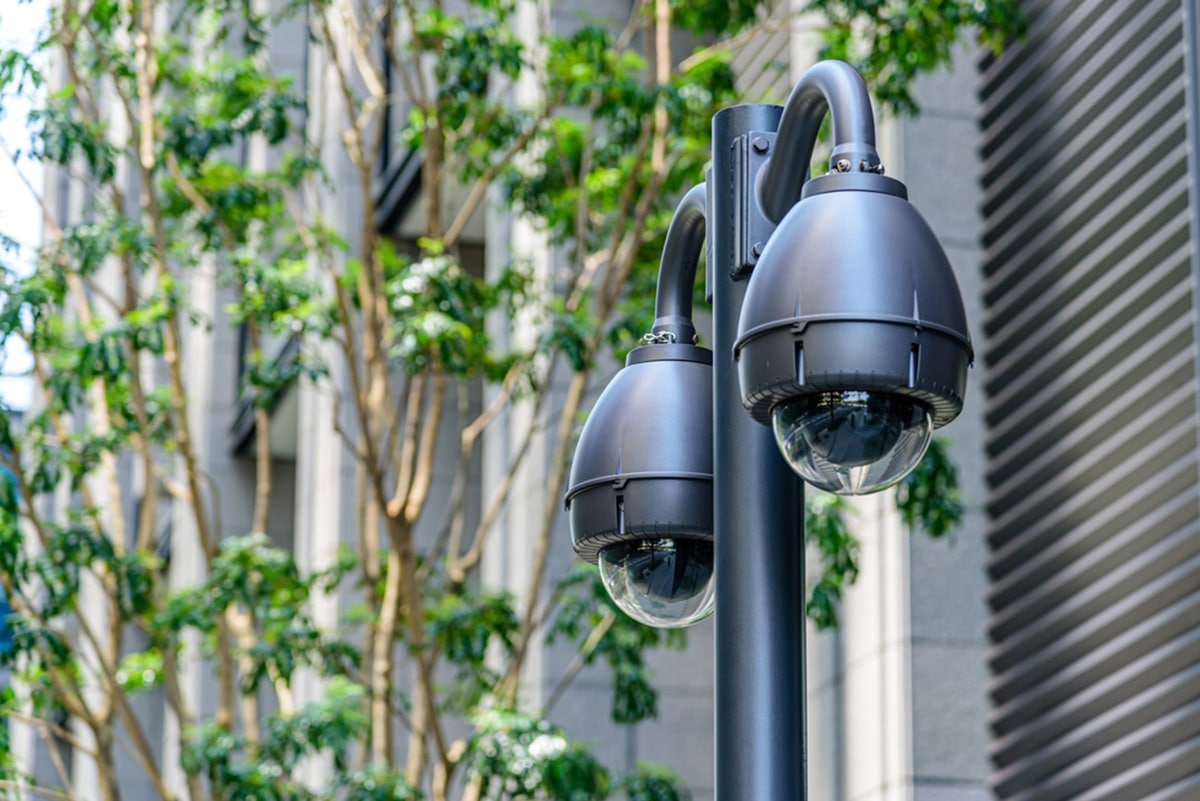
AI in action: how it works
AI systems work through pattern recognition. If they are given enough examples of bird songs, plant leaves, or insect wingbeats, they learn to identify these patterns. AI can scan thousands of photographs, audio hours, or sensor readings and highlight what’s living nearby.
Here are some of the main ways AI is already being deployed in cities:
Listening to the city’s soundscape
Urban ecologists are increasingly using acoustic monitoring to track birds, bats, and even insects. Small, weatherproof microphones can record sounds day and night. AI can analyse the thousands of hours of audio recordings that might accrue in a month. Machine learning models can distinguish the high-pitched clicks of bats from the background hum of traffic and city noise.
For example, in London, researchers placed audio recorders in dozens of green spaces to track bat populations. AI algorithms quickly identified calls from species like the common pipistrelle and noctule bat, giving conservationists a clearer map of where bats thrive and where light pollution or development poses threats.

Watching from above with drones and satellites
Drones fitted with cameras can capture high-resolution images of city parks, rooftops, and vacant areas. Traditionally, ecologists would manually analyse these images to calculate plant cover or habitat diversity. Wildlife monitoring with drones and use of AI now means that thousands of images can be processed in hours.
For example, in Singapore, drones equipped with AI image recognition are being used to monitor rooftop gardens. The system can identify plant species, estimate green cover, and even detect signs of drought stress without the need for an ecologist to go onto a roof.
At a larger scale, satellite imagery combined with AI is helping track urban tree cover. Platforms like Google’s Tree Canopy Lab already map shade distribution in US cities, helping councils decide where to plant trees to cool neighbourhoods most vulnerable to heatwaves.
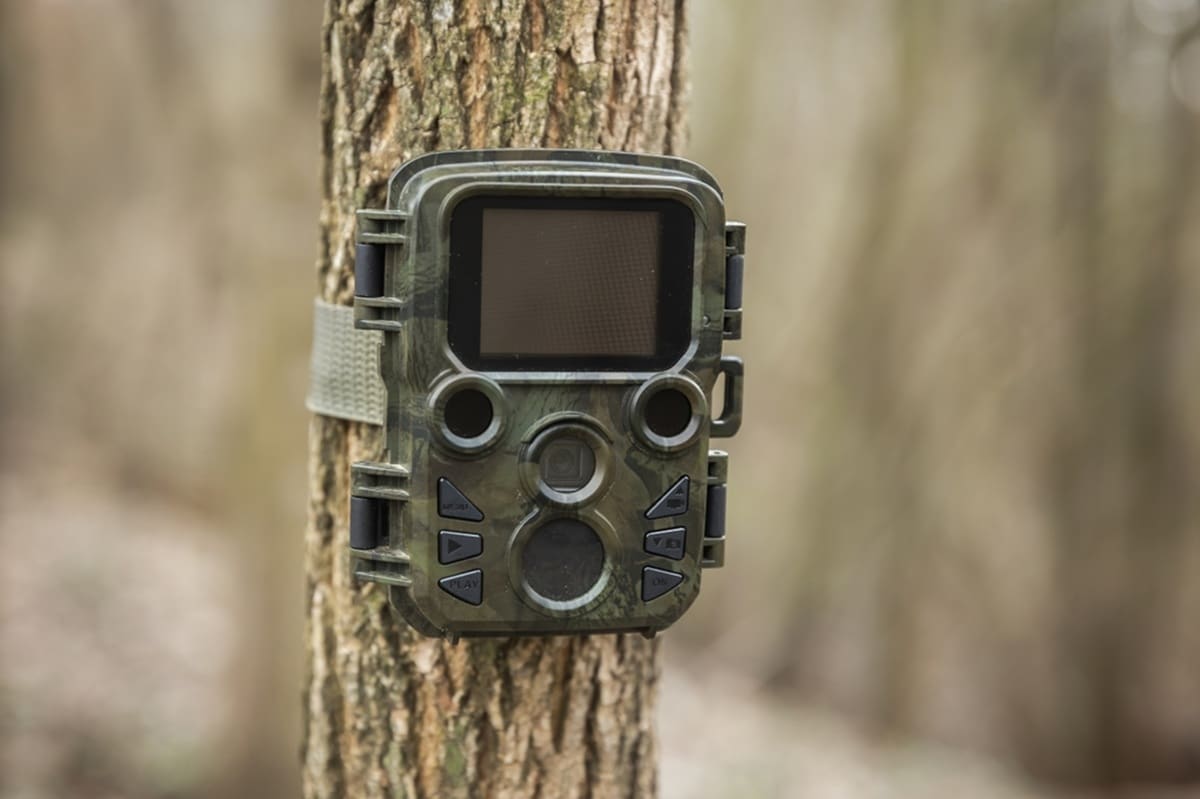
Smart camera traps for elusive urban wildlife
Camera traps are a staple of wildlife research, but in cities they face extra challenges: constant movement from people, cars, and pets. AI helps by filtering out irrelevant images and focusing on target species.
In Berlin, an AI-powered camera network captured thousands of images from parks and allotments. Nature, Ecology & Evolution explained that by eliminating endless shots of people and dogs and focusing on wildlife like hedgehogs, badgers, and foxes, the technology created one of the most detailed maps yet of urban mammal distribution in the city.
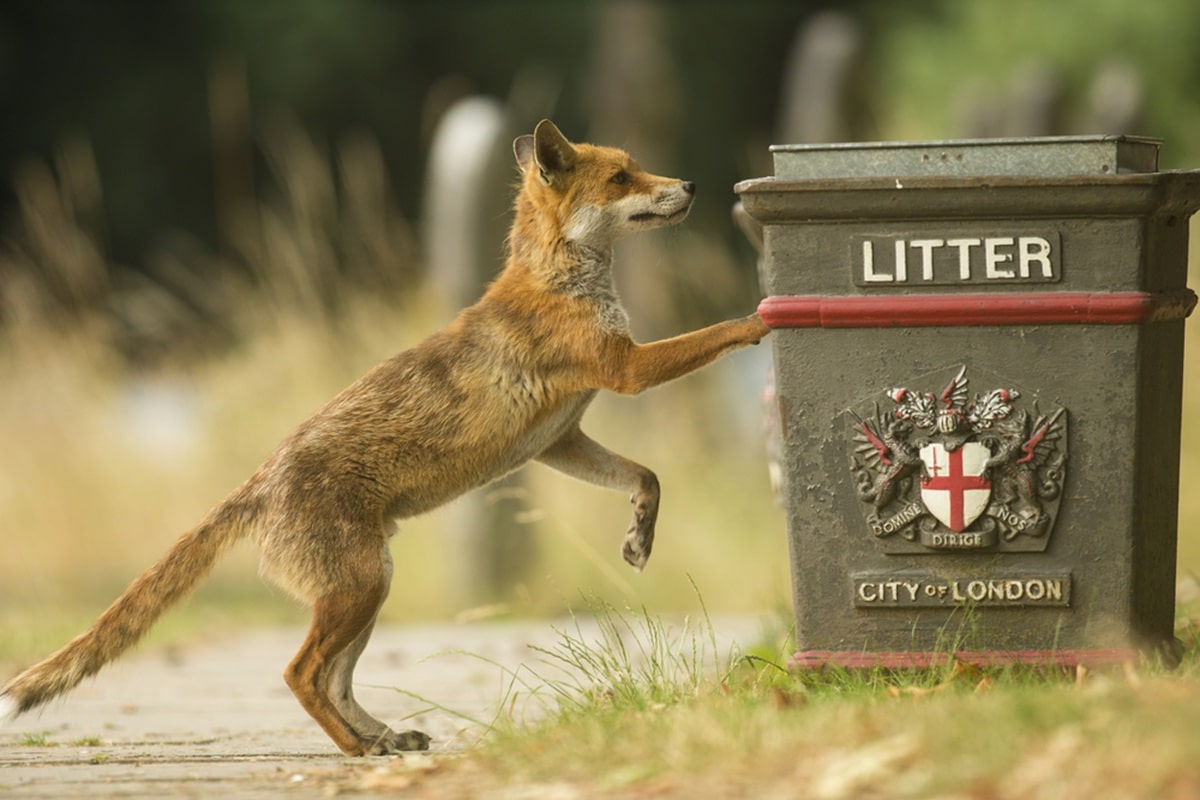
Citizen science opportunities
One of the most exciting aspects of AI is how it empowers ordinary city dwellers to get involved. Apps like iNaturalist, Haikubox and Merlin Bird ID use AI to identify species from a photo or a recording. Anyone can now take a picture of an insect or record a bird singing, and the AI will identify it.
During the City Nature Challenge, an annual global citizen science event, thousands of city residents upload observations of plants and animals. AI rapidly sorts these submissions to create a collective biodiversity census.
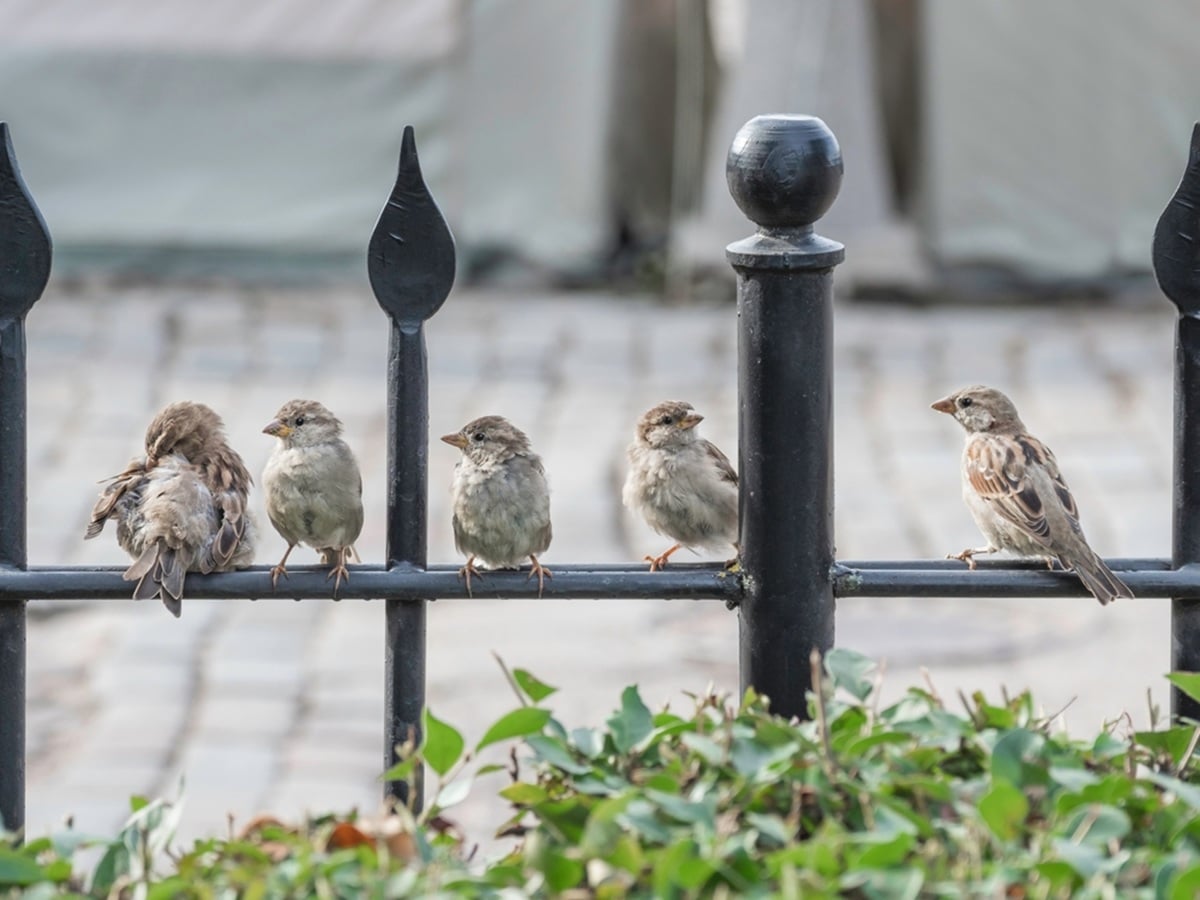
Detecting the invisible
Some city biodiversity never shows up on a camera or microphone. That’s where environmental DNA (eDNA) sampling comes in. Scientists collect water or soil samples and sequence DNA fragments left behind by animals and plants. AI-powered algorithms then match these sequences against vast genetic databases.
For example, researchers In New York City used eDNA from puddles and ponds to detect species ranging from frogs to raccoons, many of which would have gone unnoticed otherwise. AI accelerates this matching process, making eDNA a practical tool for urban planning.
Why AI is a game-changer
AI not only makes biodiversity monitoring faster, but it also transforms what’s possible. Hundreds of sensors can cover a whole city, producing datasets no team of ecologists could handle manually. AI can quickly highlight problems such as a sudden decline in a species or detect a subtle shift in plant health or insect wingbeat frequencies, long before humans notice.
With user-friendly apps, citizens can contribute directly to urban biodiversity records. This means conservation decisions such as where to plant new trees or which habitats to protect, can be based on meaningful evidence.
Challenges and caveats
Of course, AI is not a silver bullet.
Data bias:
AI is only as good as the data it’s trained on: if a model has been trained on European bird calls, it won’t be effective in non-European cities.
Privacy concerns:
Cameras or acoustic monitoring in urban areas must respect people’s privacy. Systems must be carefully designed to filter out human activity.
Cost and access:
Advanced AI technology is expensive and requires expertise: it may be challenging for some councils or community groups to access.
Problems with over-reliance:
Human expertise remains essential for assessing the results that AI creates and checking errors: AI should complement, not replace this.
A glimpse into the future
It’s possible to imagine a network of rooftop microphones, tree-mounted camera traps, and soil eDNA stations constantly feeding into a citywide biodiversity dashboard. AI analyses the data in real-time, flagging when pollinator numbers dip in a neighbourhood or when hedgehog activity drops in an area. City planners can then adjust designs, add wildlife crossings, or plant nectar-rich flowers to help.
We are not far from this reality. Pilot projects in cities like Melbourne, London, and Singapore are already testing integrated monitoring networks. National-scale initiatives, such as the ARISE project in the Netherlands, aim to semi-automatically identify all species within their borders using AI, sound, and DNA.
As AI systems improve, they will move beyond detection to prediction, forecasting how biodiversity will change under different planning scenarios. That will enable truly proactive urban conservation.
Why it matters for all of us
Urban biodiversity touches on our health, happiness, and resilience. Cities richer in nature tend to have cooler temperatures, cleaner air and happier residents. They are more resilient to floods and heatwaves, and they provide everyday opportunities for people to connect with wildlife.
By harnessing AI, we can monitor and manage these ecosystems with a far greater understanding. In doing so, we can ensure that future cities are not just smart but also places that prioritise biodiversity and improve people’s lives.

